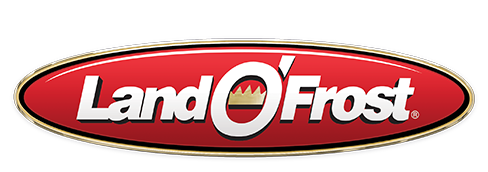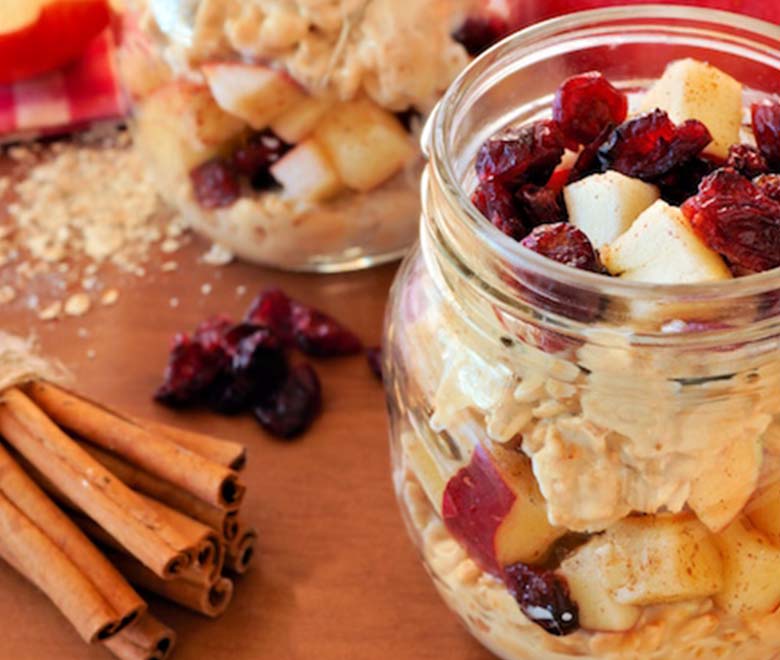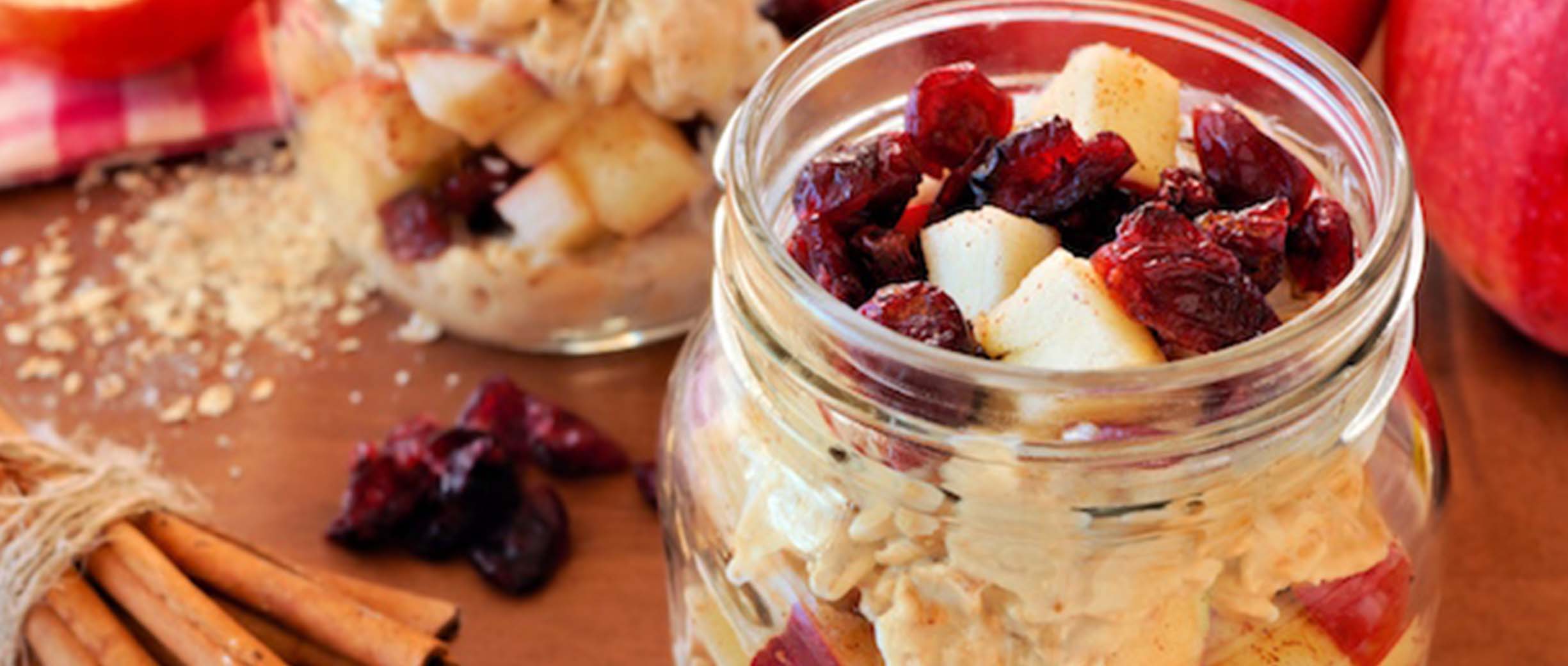
Tasty & Nutritious: Your Family Won’t Believe The Amazing Benefits of Cinnamon


Most of us get a whiff of cinnamon and instantly conjure up delicious holiday treats like warm sticky rolls, ginger snaps, pies, and those frothy, creamy coffee concoctions that makes the fall and winter so cozy and warm.
But did you know that this underestimated spice is packed full of benefits that can help keep our kids’ bodies healthy? It shouldn’t just be reserved for cold season treats. In some cultures, cinnamon takes center stage and is used to flavor everything from lamb dishes, to curries, to beans, rice and sauces. In Lebanon, cinnamon sticks are even enjoyed as lollipops.
The cinnamon sticks that we are familiar with come from the bark of the tree, which is then rolled. In the US, the most common variety is Cassia cinnamon, which comes from China or Indonesia. Ceylon cinnamon is less common but can also be found at health food and specialty stores, and originates from Sri Lanka.
Use Less Sugar & Salt, More Cinnamon in Our Kids’ Diets
As a nation, we need to be adding more herbs and spices into our kids’ diets. They provide super concentrated health benefits and significant flavor in such small amounts, allowing snacks and meals to call for less sugar and salt! Below are some of the potential benefits that might just convince you to bring it from the back of the spice drawer to the kitchen table!Anti-fungal & anti-bacterial benefits
What mom doesn’t what to add natural bacteria fighting properties to their kids’ diet? Cinnamon has been tested for its ability to combat the growth of fungi and bacteria. Cinnamaldehyde, is the active component of cinnamon that have these properties, and both Ceylon and Cassia cinnamon have this active compound although Cassia cinnamon tends to have more.Antioxidant & anti-inflammatory benefits
Did you know prevention of adult diseases starts in early childhood? Cinnamon contains phytochemicals and antioxidants, which protect the body from damage caused by free radicals. Free radicals are the byproduct of normal cell function and are usually well controlled by antioxidants like vitamins C, E and A. They wreak havoc on our bodies, contributing to illnesses such as cancer, cardiovascular disease, diabetes, degenerative eye disease, asthma, and dementia, when there aren’t enough antioxidants to keep them in line and as we age. Including spices and herbs in our diet can help protect and delay free radical damage. Chronic inflammation has also been linked to diseases like cancer, diabetes and dementia. Cinnamon has protective properties against chronic inflammation and may also help with acute inflammation from cuts, scrapes, bruises and muscle soreness. There is also ongoing research to examine the potential cinnamon has for preventing Alzheimer’s disease.Anti-mold benefits
In a recent experiment in Spain, scientists developed packaging treated with cinnamon oil to explore its ability to inhibit the growth of mold. They injected mold into bread then wrapped some in the cinnamon oil-infused packaging and others in regular packaging. They observed that the bread in the cinnamon oil packaging remained mold-free longer, and that the packaging continued to protect the bread from mold growth for up to ten days. Although no studies have been done on how cinnamon affects humans and mold, it might just be a good idea to add cinnamon to foods you prepare ahead of time and enjoy for a few days (see food ideas below). While some studies suggest that Cassia cinnamon may help lower blood sugar, curb appetite and lower cholesterol levels, findings on Ceylon cinnamon are inconclusive. But one way that cinnamon could be useful is that its sweet flavor may help some of us use less sugar therefore lowering blood sugar and cholesterol levels in the long run. So how should you add cinnamon to foods and reap its benefits?Top 10 Ways to Eat More Cinnamon
- Morning oatmeal boost: Add a cinnamon stick to boiling water or milk before adding the oats, or sprinkle cinnamon on top of cooked oatmeal. Try making over night oats to save time.
- Secret breakfast ingredient: Sprinkle cinnamon into whole grain pancakes, waffle and muffin batters.
- Spice up your greek yogurt: Heat frozen cherries in the microwave, add walnuts and sprinkle some cinnamon.
- Toasty treat: Change up that traditional peanut butter and banana toast, sprinkle with cinnamon for extra flavor and health benefits.
- Flavored coffee: Add excitement to that morning brew – sprinkle some cinnamon in coffee or tea. Let your children make fruity herbal teas and add cinnamon.
- Fruit snack: Sprinkle onto sliced apples or pears. When your child doesn’t finish their apple, chop and cook it in the microwave then add cinnamon. Baked apples make a great snack and won’t turn brown in their packed lunch.
- Even sweeter potatoes: Enjoy with sweet potatoes – simply oven bake them and sprinkle cinnamon before serving, or be the hit at the next dinner party with Cinnamon Mashed Sweet Potatoes. Another sweet potato idea: mix almond butter, Greek yogurt and cinnamon for use as a topping.
- Easy & yummy dessert: Bake an apple in the microwave, heat up ¼ cup of canned pumpkin, add walnuts, cinnamon, vanilla yogurt and a bit of maple syrup for a high calcium, anti-oxidant, anti-bacterial treat.
- Sweet tooth cure: Make a healthy cobbler with only baked peaches, cinnamon and a sprinkle of homemade cinnamon granola!
- Salad spice: Mix cinnamon in with veggie-fruit salads, like shredded carrots mixed with Greek yogurt, a little bit of orange juice, raisins and cinnamon.
